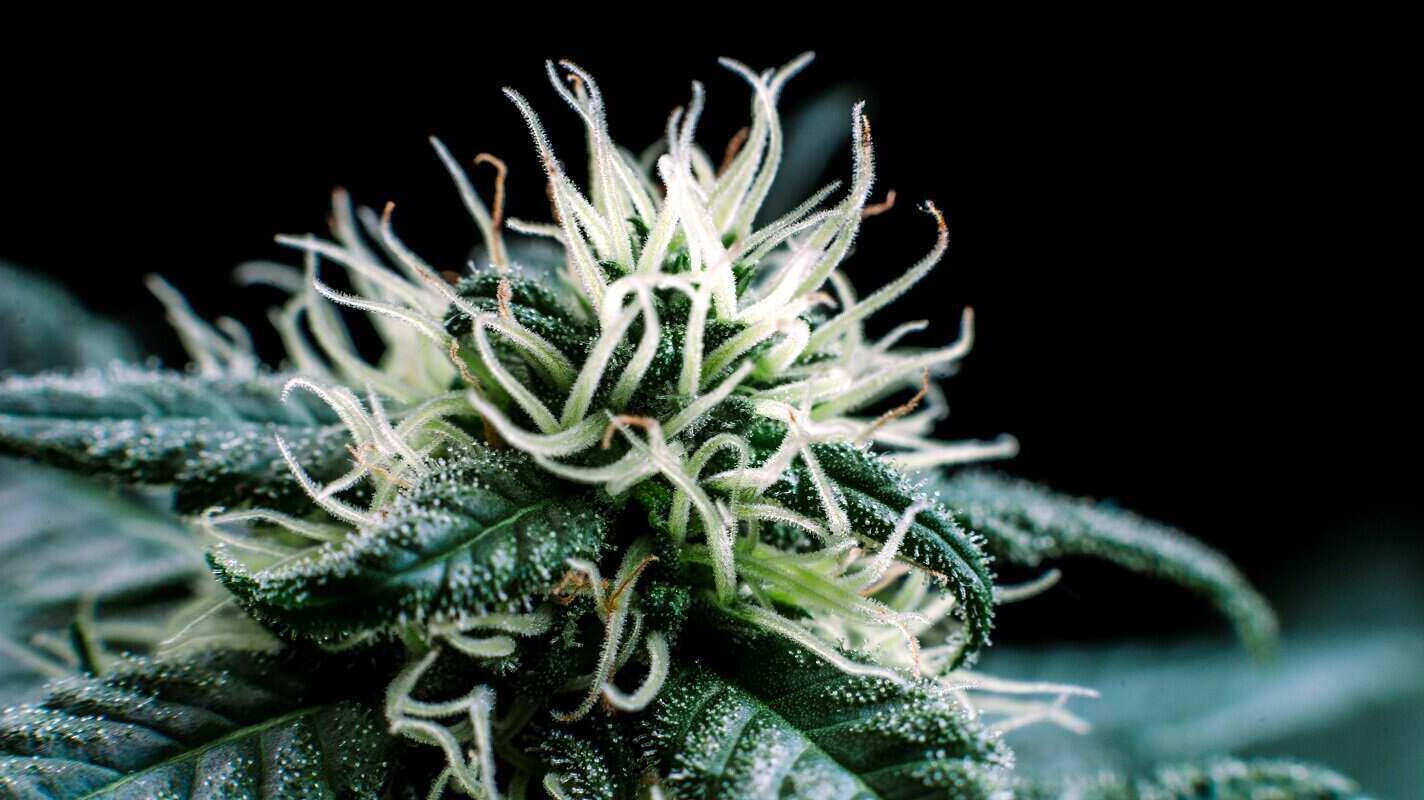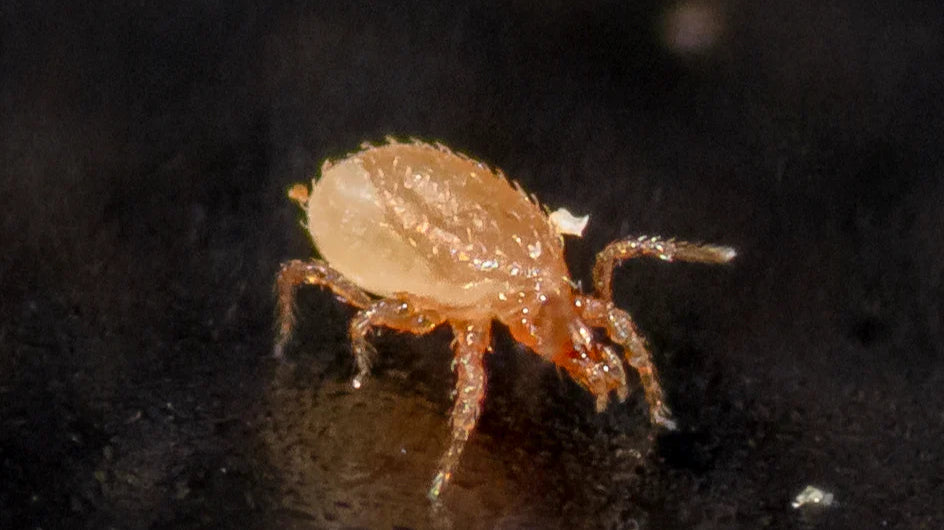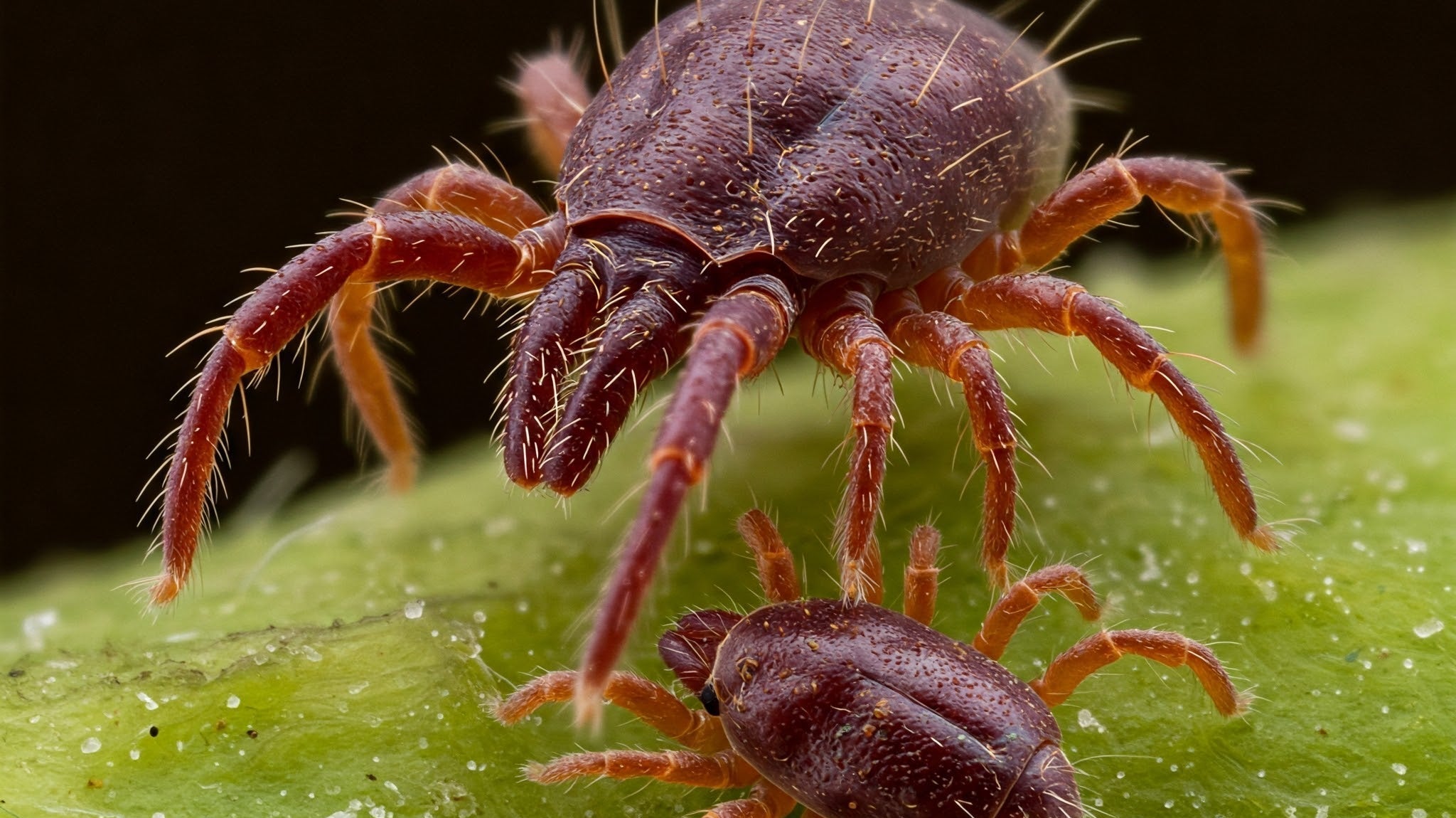Aphid Triple Mix
Aphids come in over 4,000 flavors. You don’t have time to ID each one under a loupe. This trio handles them for you.
We’ve combined three of the most effective parasitoid wasps for aphid control—each with a different specialty, lifespan, and target range—so you don’t have to guess or gamble. Whether you’re dealing with green peach aphids on your peppers, melon aphids on your Monstera, or rose aphids on your… roses, this mix gets to work.
Why This Mix Works
- Aphidius colemani focuses on the smaller aphids (melon, cotton, green peach).
- Aphidius ervi takes down the big ones (foxglove, potato, tobacco).
- Aphelinus abdominalis is the generalist: longer lifespan, slower reproductive cycle, but strong persistence—great for suppressing lingering populations over time.
Together, they cover a broad spectrum of common indoor and outdoor aphid species. The combo gives you early knockdown plus longer-term control.
How They Work
These are parasitoids, not predators. That means they don’t eat aphids outright—they inject eggs into them. Within 2–5 days, larvae hatch and consume the aphid from the inside. (Nature isn’t gentle.) The aphid swells into a tan or blackened mummy. Within a week or so, new adults chew their way out and repeat the cycle.
You’ll start seeing mummies before you stop seeing live aphids—that’s normal. Parasitoids take a few days to establish but will overtake a population steadily and with surgical precision.
How to Use
-
Release Rate: 1–5 mummies per 10 sq ft, weekly for 2–3 weeks
-
Timing: Best used early—at the first sign of aphids
-
Application: Gently shake the bottle near affected plants or apply with a soft brush. Do not dump all in one spot.
-
Environment: Ideal temps: 50–86°F. Function best at 65–77°F.
-
Storage: Adults must be released immediately. Pupae can be stored up to 48 hours at 39–46°F, but sooner is better.
Where This Mix Shines
-
Indoor setups: greenhouses, grow tents, display cabinets
-
Outdoor gardens: veggie beds, ornamentals, fruit trees
-
Mixed collections: Not sure what kind of aphids you’re dealing with? This mix takes out the guesswork.
Confirming It’s Working
You’ll know it’s effective when:
-
You see aphid mummies appear (they look like bloated, papery husks)
-
Aphid populations stop increasing
-
Plant growth resumes with less distortion or stickiness
-
You occasionally spot adult parasitoids hovering near infested leaves
Too Many Options?
We get it. Try our mite/insect matchmaking quiz and instantly get matched to the solutions you may need.
Mite Matters
Optimizing Pest Management in Cannabis Flowering Using Predatory Mites
How to Treat Snake Mites Naturally with Predatory Mites
The Beginner's Guide to Predatory Mites
Predatory mites are the unsung heroes of plant care, working behind the scenes to protect your plants from destructive pests. Unlike chemical treatments, they offer a natural, self-sustaining solution that requires minimal effort on your part. Whether you’re preventing an infestation or fighting off an active one, these microscopic allies get the job done efficiently and effectively.







